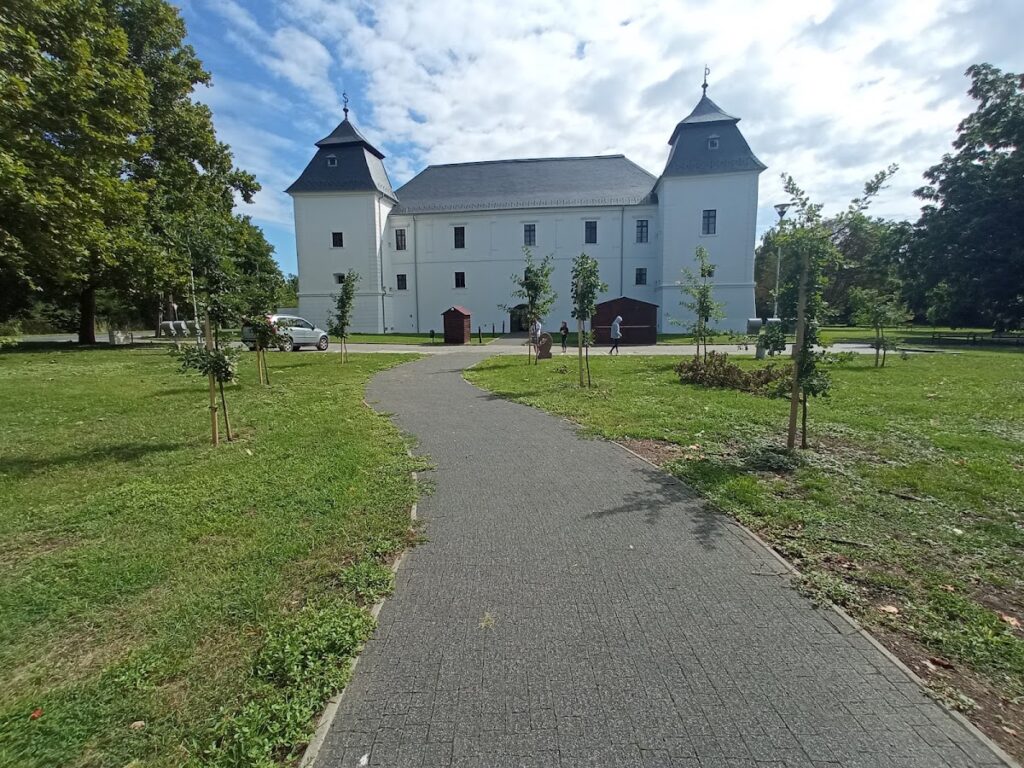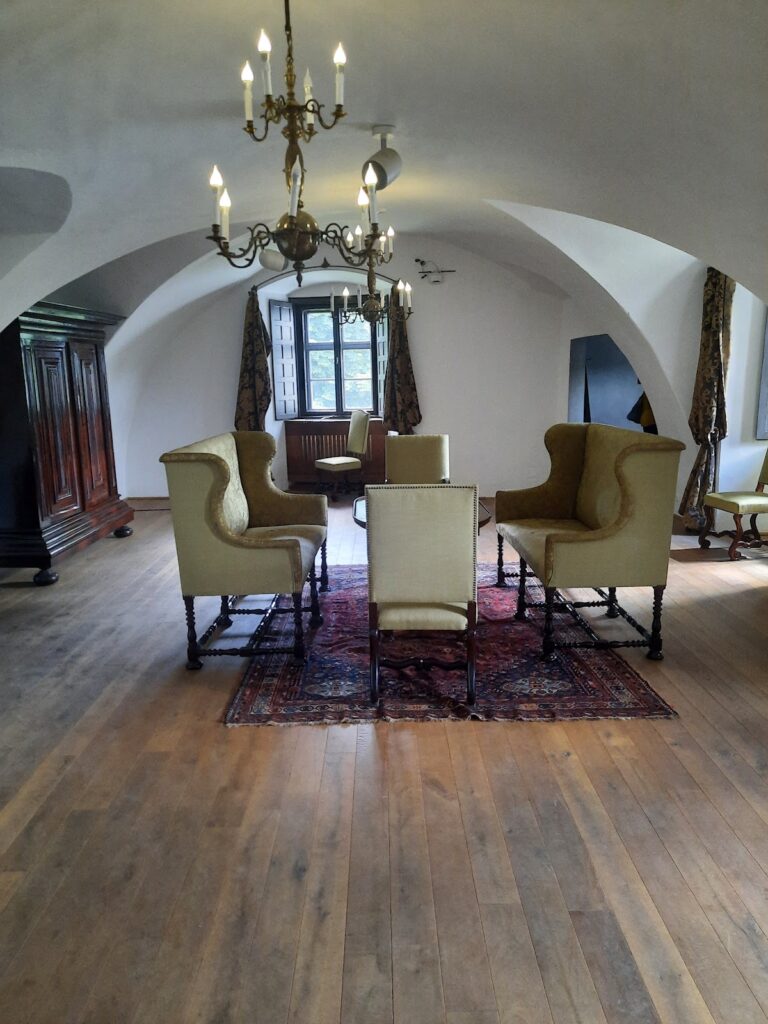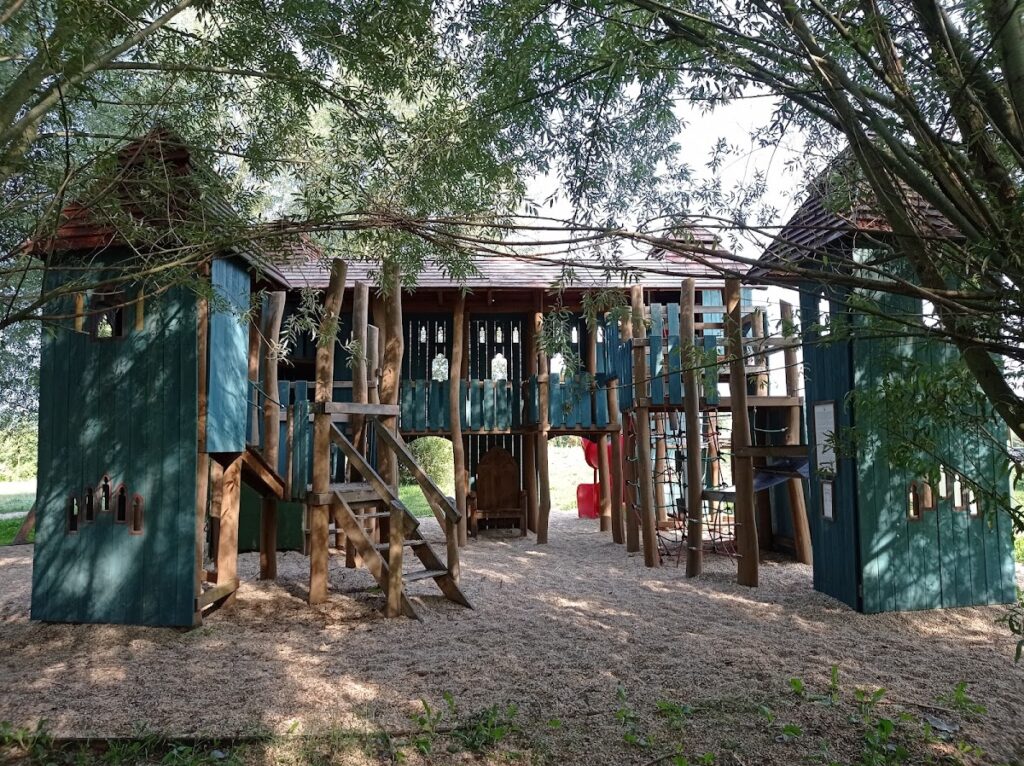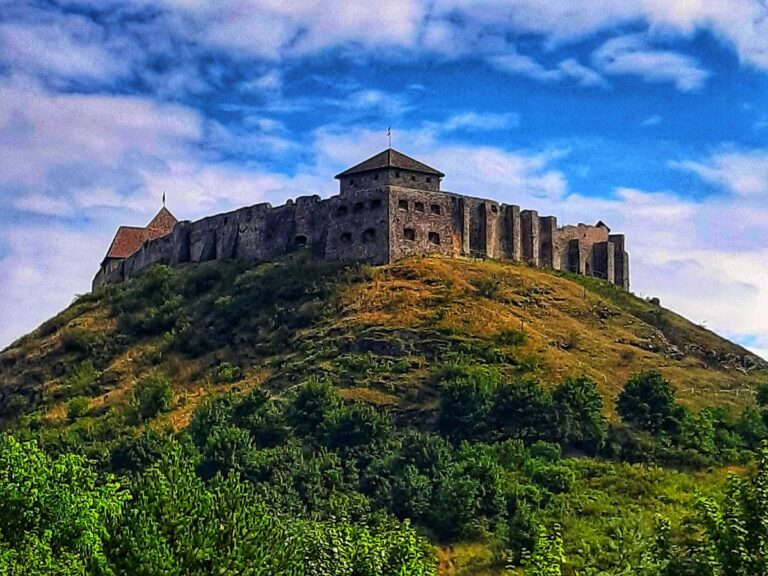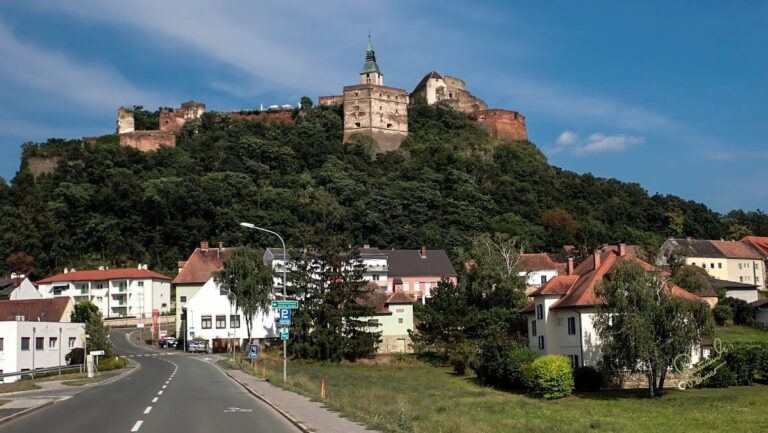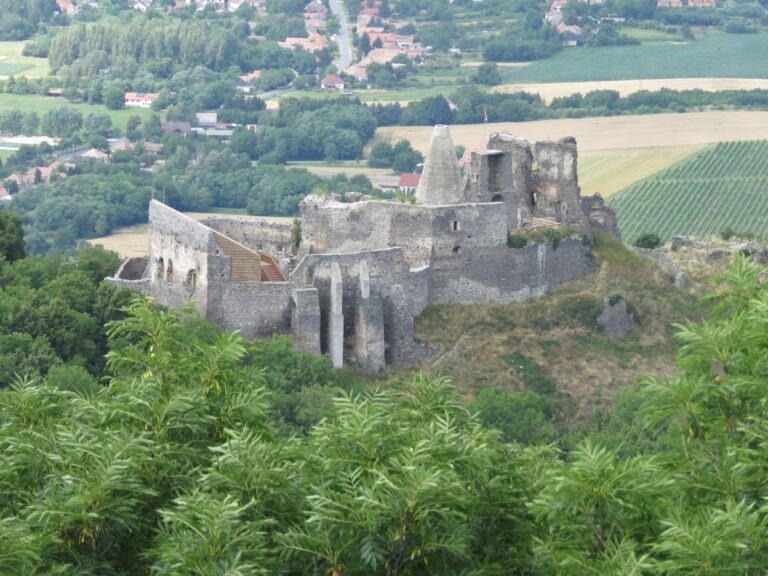Egervár Castle: A Historic Hungarian Fortress and Noble Residence
Visitor Information
Google Rating: 4.5
Popularity: Low
Google Maps: View on Google Maps
Official Website: www.egervarivarkastely.hu
Country: Hungary
Civilization: Unclassified
Remains: Military
History
The Castle of Egervár is located in the municipality of Egervár in present-day Hungary. Constructed originally as a medieval stronghold by the Hungarian kingdom, it stands as part of the western defensive network that protected the country’s borders.
First recorded in 1288 under the name “castrum Egerwar,” the castle initially belonged to noble families such as the Geregye, who later adopted the Egervári name, signaling their association with the fortress. In 1409, the castle suffered destruction at the hands of the sons of Ban Henrik. Its restoration received royal authorization in 1476 from King Matthias Corvinus, during the tenure of Croatian Ban László Egervári, highlighting the strategic importance of the site.
In 1539, the castle passed into the ownership of Orsolya Kanizsai, spouse of Palatine Tamás Nádasdy. Under their direction, Ferenc Nádasdy oversaw significant repairs and upgrades. At the turn of the 17th century, following the fall of the nearby fortress of Kanizsa in 1600, Egervár’s role intensified as a border defense structure. This prominence was underscored in 1664 when it successfully withstood a Turkish siege, though the fortress was later set ablaze by Ottoman forces within the same year.
The consequences of the Wesselényi conspiracy, a noble uprising against Habsburg rule, led in 1671 to the castle’s transfer to imperial ownership. Between 1674 and 1676, tenant Mátyás Radonay undertook restoration efforts, which were later supplemented by interventions from Archbishop György Széchényi and his nephew. The latter assumed captaincy over Egervár and several other fortifications in 1687, marking a period of renewed military oversight.
Ownership continued within the Széchényi family, passing to György’s son Zsigmond in 1712. He made significant changes including demolishing the northern wing, damaged from earlier conflicts, extending arcaded corridors along the southern and western fronts, and raising the building by an additional floor. These alterations were partly in response to the Treaty of Szatmár (1711), which required the reduction of the fortress’s defensive features.
A devastating fire in 1760 necessitated further rebuilding, after which parts of the castle were adapted for agricultural storage by 1787. Structural deterioration followed due to damage to the wooden foundations, which occurred as the surrounding marshes were drained. Early 19th-century renovations between 1802 and 1809 sought to stabilize the building. Ownership shifted in 1874 when László Solymosy acquired the castle.
The 20th century witnessed neglect, especially after World War II, which brought the castle to the brink of ruin. A restoration campaign in the 1960s reversed some of this decay. Subsequent restoration efforts beginning in 2009, supported by the European Union, have aimed to preserve the historical fabric of the castle and enhance understanding of its heritage through modern exhibition techniques, including interactive displays and multimedia guides.
Remains
Egervár Castle is arranged on a roughly square ground plan, featuring three or four corner towers fashioned in the style of old Italian bastions. This design reflects its initial function as a fortification rather than a residential palace. The structure is built predominantly of stone and exhibits architectural elements from the Renaissance period, stemming from various phases of rebuilding and refurbishment during the 16th and 18th centuries.
One prominent alteration to the original medieval layout came in the early 18th century when the northern wing was intentionally dismantled. This action followed the stipulations of the Treaty of Szatmár, which mandated the reduction of the castle’s military capabilities. Meanwhile, the southern and western wings were augmented with arcaded corridors, providing covered walkways and enhancing the building’s residential character. The entire edifice was elevated by an additional floor during this time, changing its silhouette and increasing usable interior space.
The castle once rested on wooden pile foundations embedded in marshy terrain. When the adjacent wetlands were drained, these piles deteriorated, causing structural instability and contributing to the castle’s decline prior to 19th- and 20th-century restorations. The courtyard now accommodates a covered area with seating for approximately 450 people, reflecting its adaptation for public events.
Within the southeastern tower, a permanent exhibition is housed that presents the castle’s layered history. Archaeological excavations have revealed key features dating back to its fortress phase, including sealed gunports. These openings were designed as embrasures for early firearms, such as bearded muskets, illustrating the evolution of defensive military technology. The preservation and presentation of these gunports allow visitors and scholars alike to gain insight into the operational use of such weaponry in a border bastion context.
Overall, Egervár Castle’s remains offer a well-preserved example of a fortified noble residence whose fabric and modifications chronicle the shifting political and military landscape of Hungary from the Middle Ages through the early modern period. Its combination of medieval defense and later Renaissance-style architectural elements provides a tangible link to the region’s historical challenges and transformations.

